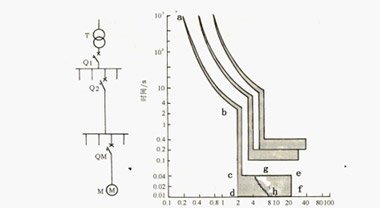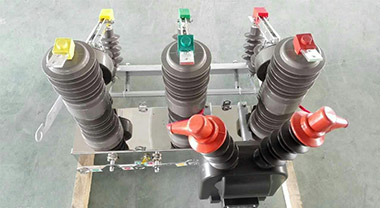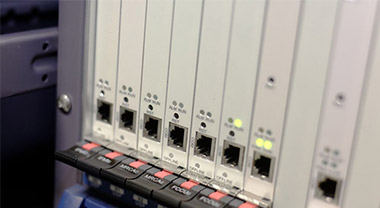Classification and application of circuit breakers
Circuit breaker (MCB, MCCB, ACB) refers to the ability to close, carry and break the current under normal circuit conditions, and to close, carry and break abnormal circuit conditions (including short circuit) within a specified time Condition) of the current switching device. Circuit breakers can be used to distribute electrical energy, start asynchronous motors infrequently, and protect power lines and motors. They can automatically cut off the circuit when they have serious overload, short circuit, or undervoltage faults. Its function is equivalent to a fuse switch Combination with overheating and underheating relays. Moreover, it is generally not necessary to change parts after breaking the fault current. At present, it has been widely used.
Classification of circuit breakers:
- According to the operation mode: electric operation, energy storage operation and manual operation;
- According to the structure: there are universal type and plastic shell type;
- According to the category of use: there are selective and non-selective;
- According to the arc extinguishing medium: oil-immersed, vacuum and air;
- According to the speed of action: there are fast type and normal type;
- According to the number of poles: single pole, two pole, three pole and four pole, etc.;
- According to the installation method: there are plug-in type, fixed type and drawer type.
Types of molded case circuit breakers:
(1) Distribution type, it is mainly used for overload and short-circuit protection of low-voltage lines. Typical products include HSM1 series, TO, TG series, CM1, TM30 and other series. The standard is GB14048. 2 (or IEC947-2);
(2) Motor protection type, used for motor overload and short circuit protection, there are (1) type motor protection type, small-capacity motor protection special type DZ35 series, etc., conforming to the standards GB14048. 2 and GB14048. 4;
(3) For household and similar places, there are C45N, PX200C, etc., conforming to the standard of GB10963 (or IEC898). Since the place of use and the load are different, they have their own overload and short-circuit action characteristics and cannot be confused. It should be particularly noted that some users often use the power distribution type to protect the motor, which is inappropriate.
Application of circuit breaker:
1. High temperature place
For places such as ironmaking, casting molding, boiler room, etc., the pure electromagnetic type that is not affected by temperature (but not too high) should be used. For thermal-electromagnetic type, when the temperature is between 40 ℃ and 60 ℃, the temperature should be reduced. Can not be used above 60 ℃.
2. low temperature place
This refers to places below -5°C, such as refrigerated warehouses, low-temperature greenhouses, and ship open decks. If the temperature is too low, the lubricant will dry up and the insulation will become brittle. Therefore, users should order low-temperature circuit breakers.
3. Humid place
refers to relatively humid places such as chemical plants, fish processing plants, etc., the circuit breaker should be installed in a waterproof box, and the humid tropical type plastic case circuit breaker should be used if it is not in direct contact with water.
4. Dusty places
such as cement factory, textile factory, the circuit breaker can be used in the dust box.
5. coal mines and other mines
660 V voltage class circuit breaker can be used, and the circuit breaker is placed in an explosion-proof box.
6. Ship
General civilian transport ships should use marine plastic case circuit breakers with three protections (moisture proof, mildew proof, and salt spray proof) and a certain level of vibration, bump, and tilt resistance. The reference temperature is 45 ℃.
warships, in addition to the same as civil ships (higher requirements for resistance to vibration, turbulence, and tilt), they also require first-class impact resistance, and the reference temperature is 50 ℃.
7. electric locomotive
is similar to that used for boats, except that three defenses are not necessary.
8. Places with corrosive gas and salt spray
Such as chemical plants, pharmaceutical plants, petroleum refineries and other places, should use corrosion-proof molded case circuit breakers, and put them in a waterproof box.




